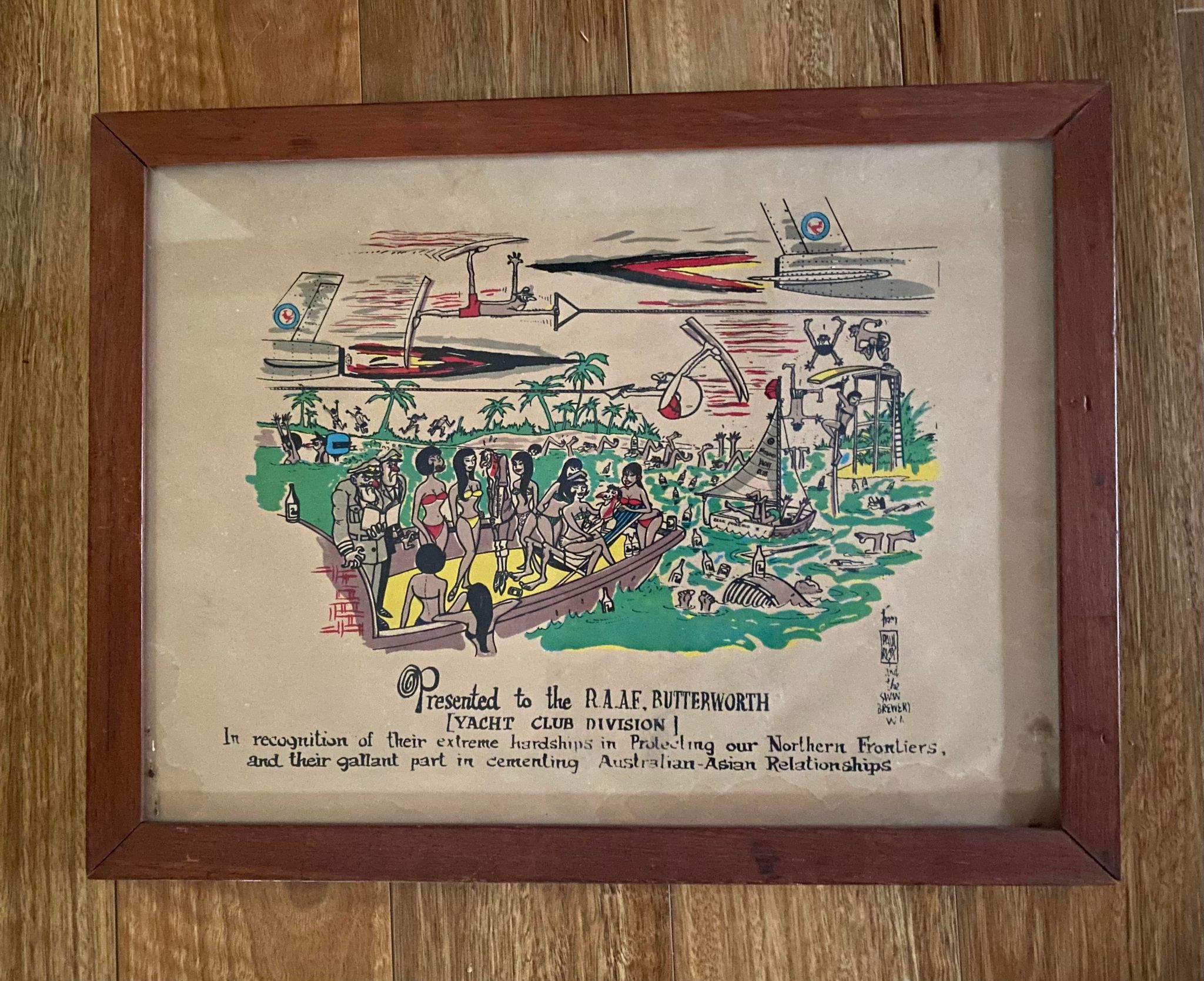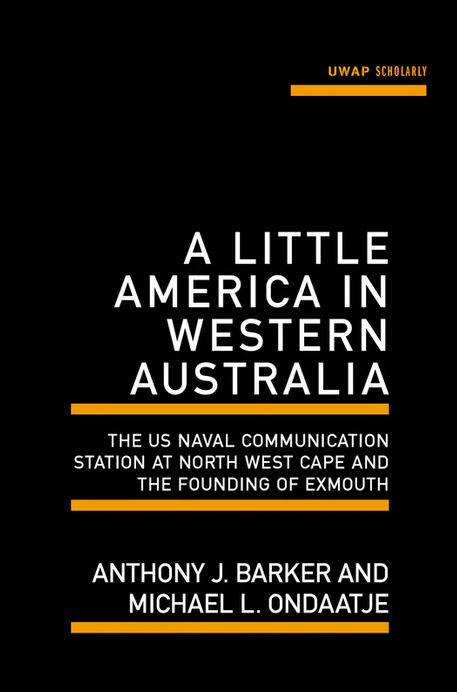
|
Vol 78 |
Page 3 |
Privacy Policy | Editorial Policy | Profit Policy | Join the Association | List of Members | Contact us | Index | Links
Back Go to page: 1 2 3 4 5 6 7 8 9 10 11 12 13 14 15 16 17 18 19 20 Forward
Contents:
Page 3 Girl.
Our lovely Page 3 girl this issue is Marie Henson.
Marie Arcidiacono was born in Gordonvale back in 1957. Gordonvale is about 25km south of Cairns and a few km inland from the coast. She was the youngest of 4 kids, 2 girls, two boys. Gordonvale was only a small town in the 1960s, its main industry being sugar.
Before she started school, her family moved a bit further west to the small town of Dimbulah which is about 110 km west of the coast. Back then 110km was a long way and Marie didn’t get to see the ocean a lot as a young girl. With the family settled in at Dimbulah, she completed her schooling there and after schooling she applied for and obtained a job in a solicitor’s office in Mareeba, another small town half-way between Dimbulah and Cairns.
Early in 1976, she was a little tired of living and working in small towns and began looking for jobs in bigger cities. An Army recruit poster caught her attention and she began making enquiries about joining, but her mum talked her out of it. She switched her attention to the Air Force and with mum’s OK, she applied to join, was accepted and in May 1976 she was a member of the WRAAF.
Marie did her rookies at Tottenham – on 236 Course, with her course being the first to use Tottenham as a recruit base. After rookies, it was across town to Laverton to join 66 Tprinops (below). Marie is the happy smiling RAAFY, middle front row.
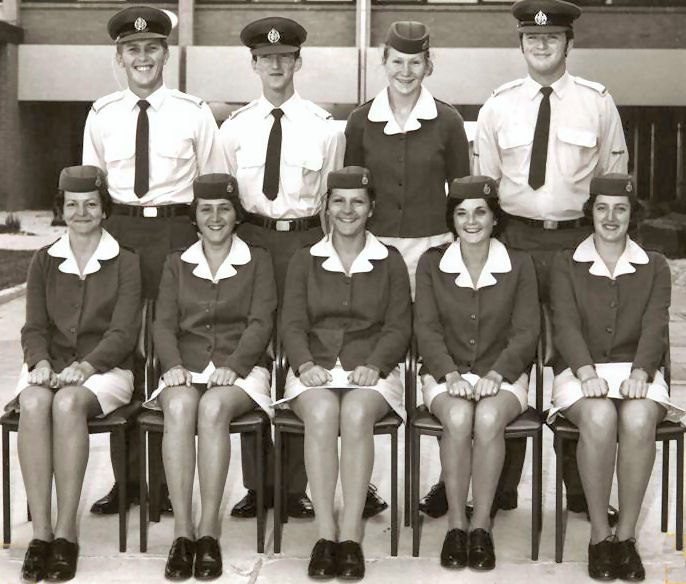
After completing the Course, she was posted west to Base Sqn in Edinburgh, then further west again to Base Sqn in Pearce where she stayed for a number of years. Pearce was a fun posting, there were many trips north to Learmonth for “interservice sports” with the US forces stationed at Exmouth, see story below.
(Marie is the high flying number 5 in the pic above).
After about 3 years in Pearce, she applied for a posting back east but that request seemed to go to deaf ears. She kept applying but after a further 3 years with no response to her request, she decided to resign.
(You have to wonder at the mentality of some people in personnel management, why would you spend money training someone to do a job then have them working efficiently in that job for a number of years, only to lose them because they were unhappy working in a situation. If personnel had agreed to post Marie she could probably still be serving. Instead they let her go, then had to recruit and train someone else to do the job. Doesn’t make sense – tb)
With a discharge certificate in her back pocket, she packed lightly and went overseas for 3 months then when money started to become a bit short, she returned home, back to Mareeba working in various jobs, including as a barmaid, until finally starting with Qld Health where she stayed for 8½ years. Eventually she was transferred to the Rockhampton office then after a further 3 months she was transferred to the head office in Brisbane.
It was in Brisbane that she met her husband Matt Henson who was a qualified boilermaker and who was building green-houses. They married and bought land to the south of Brisbane and 30 years ago built a lovely home and workshop from where they ran their business. They also found time to have 2 children, a boy and a girl. Marie had ridden motor bikes since she first started work in Mareeba and Matt was also a bike fan, so it only natural that eventually a couple of Harleys found new homes in their shed.
Sadly, about 6 years ago, Marie lost her soul-mate Matt to a brain tumour.
Marie still lives in the lovely home she and Matt had built, she still rides her much loved bikes, interspersed with spending several hours a week on a ride-on mower looking after her large lawn areas.
Recently Marie joined the Scootaville event, being their lead rider. She did a marvellous job, riding the full 2400km from Brisbane to Townsville, on a small CB-125 cc motor bike, raising funds for Legacy.
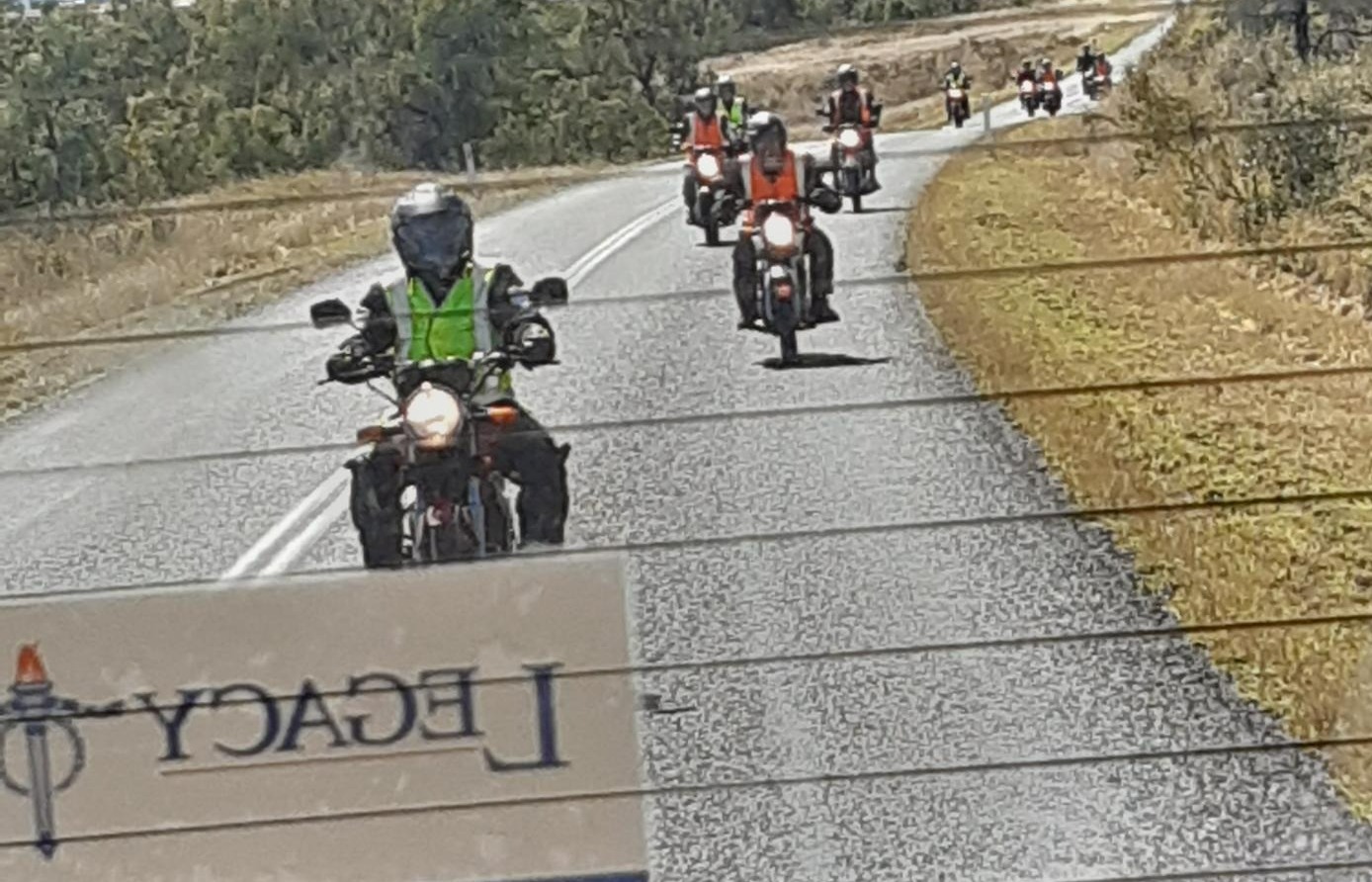
A true herculean task as she was the only one out of 20 riders to complete the full journey without a break. She hopes to do the same again in 2023 and as she was a very popular member of that team, they all hope she will be able to make it again next year.
|
1SD
Few blokes from ISD (Tottenham) Maintenance Section about 1983/4
L-R: Bob Forward, Bob DenHartog, Shane Murphy, Mal Lenard, Craig Dean, Mark Hoppo, Peter Miklejohn (RIP)
|
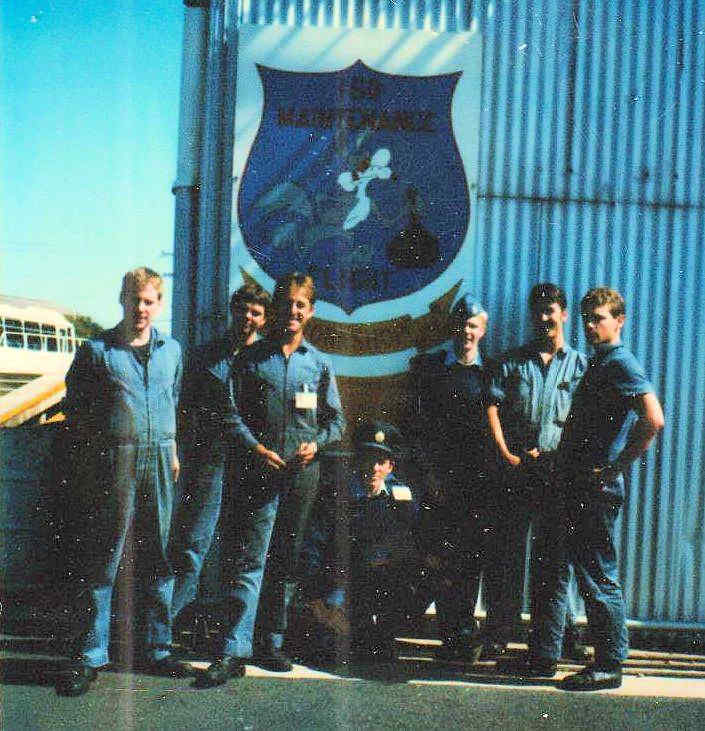 |
Rigby.
Peter Cooper got in touch, he said: “I recently purchased this print. It was mentioned in the RAM magazine and was said that you didn't have the caption that was underneath, so there it is. I was also wondering what else anyone knew about this, who has the original, was my print mass produced for those stationed there or anything. It turned up in an op shop in Raymond Terrace NSW.” (Click the pic for a bigger view)
It was drawn by cartoonist Paul Rigby AM. Paul was one of Australia’s most internationally acclaimed and widely syndicated cartoonists. He was born on 25 October 1924 and died on 15 November 2006. Working under there name Rigby, he worked for newspapers in Australia, the United Kingdom and the United States.
At the Daily News in Perth, Rigby won five Walkley awards in the 1960s before drawing for Murdoch papers in Sydney, London, and New York. His 1976 book Paul Rigby’s Course of Drawing and Cartooning influenced hundreds of other cartoonists and for years it seemed editors expected cartoonists to draw like Rigby. He estimated he drew 15,000 cartoons.
If you can help, please let us know and we’ll pass on your info to Peter.
Mirage Mob.
Ken Morris got in touch, he said: “The 2022 RAAF Mirage Mob reunion was held at Stockton RSL (Newcastle) on 25th June. Around 250 people attended.
The pic below was taken by Jenny Morris after dinner at Stockton Bowling Club following the reunion function at Stockton RSL
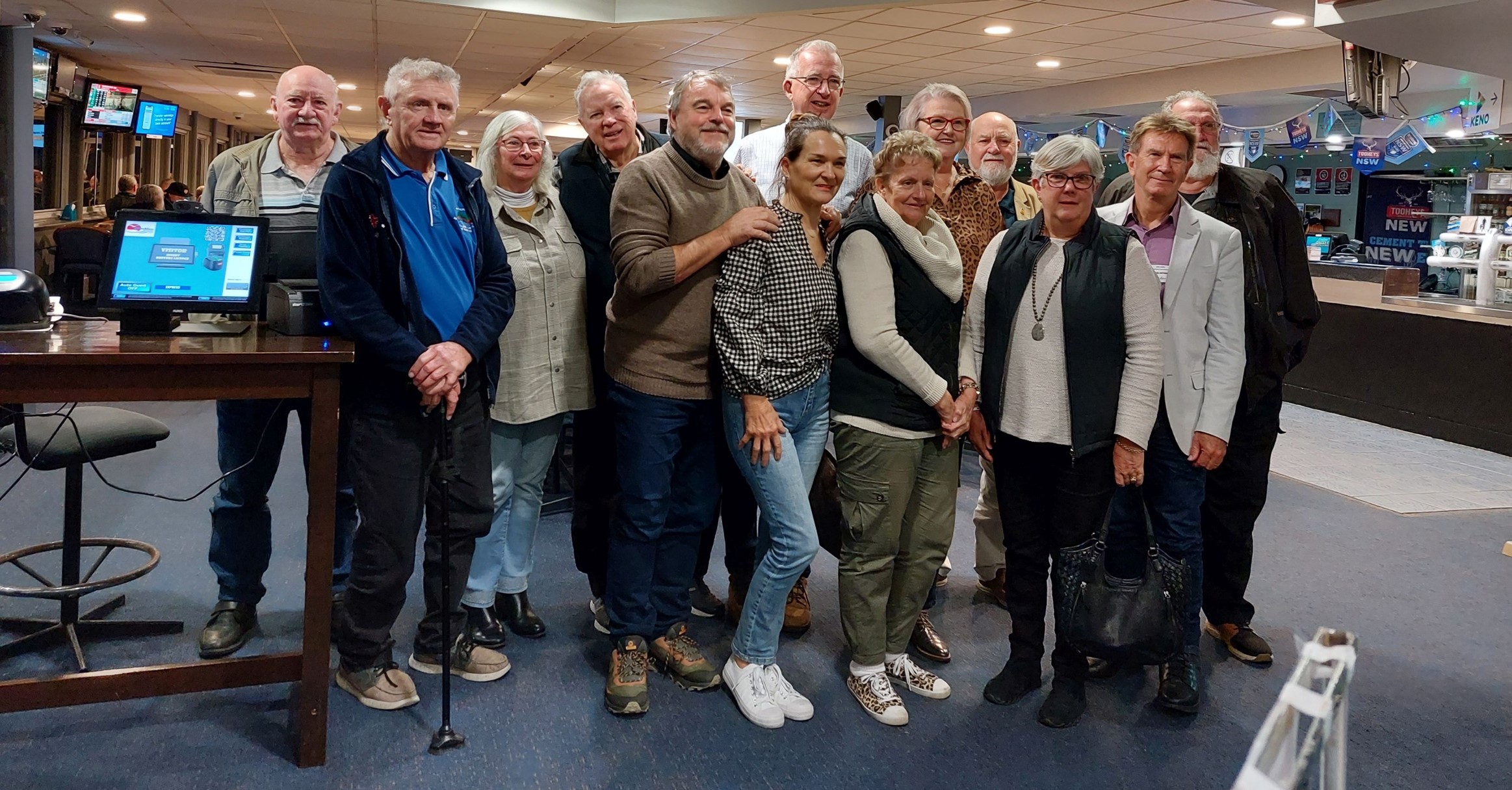
L-R: Mick Kelly, Ken Burt, Pamella Burt, John Lennon, Phil & Sandy Palmer, Peter Nelms, Kay Lennon, Sue Nelms, Ken Morris, Di Houghton, Mike Reymond and Rob Houghton.
The reunion was a bit of a disappointment to me– I knew very few of the attendees or maybe didn’t recognise many outside the small RADTECH contingent in the attached pic. When I walked into the area reserved for the function it was like walking into an aged care home – I’d forgotten how old we have all become.
Bill Sharp was to have gone with me but changed his mind late in the planning stage. He is blind from macular degeneration and in very poor shape. I’m glad I was able to visit him when I did. His memory is fading fast, he is badly hunched over and quite frail. Sad to see but I now understand why he would not want to attend the function. I expect having a Beverley ramp dropped on his head when he served with the British Army in Aden wouldn’t have helped.
I visited Fighter World at Williamtown while I was there – very impressed! Puzzled though by the newly installed F-18 in Worrimi Aboriginal livery. I don’t believe we had a Worrimi squadron of F-18s. We received a very lengthy welcome to country at Stockton RSL.
It was great to catch up with a group of mates I hadn’t seen since the Radschool reunion in Brisbane in 2016. My thanks to Mick and Heather Kelly and Ken and Pamella Burt for their great hospitality.
I shall take you to bed and have my way with you.
I will make you ache, shake and sweat until you moan and groan.
I will make you beg me to stop.
When I am finished you will be weak for days.
Sincerely, The Flu.
Little America in the remote Pilbara:
The ruins of a cold war US defence base
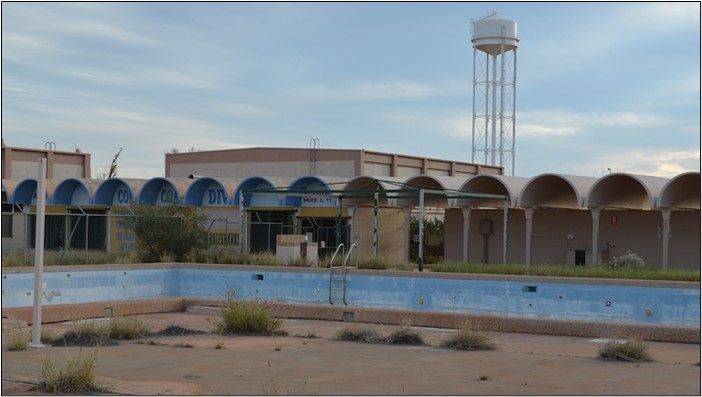
Weeds grow in the cracks around the long-empty pool. The Pilbara town of Exmouth was once a small slice of American military intelligence, transplanted onto the West Australian coast.
Imagine the scenario of a small coastal town where a man leaves work to head home. He gets in his Cadillac and first drives past a bowling alley and on to a club where he has a quick beer, which he pays for with green dollar bills featuring George Washington. He then heads to the local baseball field to watch a team practise as the Stars and Stripes flutters above the grandstand. Then he steers his car for home, driving down the right side of the road.
It sounds like a scene that could play out in small US town. But it's also a scene that could easily have played out in north Western Australia, in the late 1960s and 70s.
Commissioned as the US Naval Communication Station North West Cape in 1967, the military base was renamed US Naval Communication Station Harold E Holt following the then prime minister's disappearance three months after the base was opened. The US was dropped from the name in 1974 with the advent of joint operation with Australia and it became the Naval Communication Station, Harold E Holt.
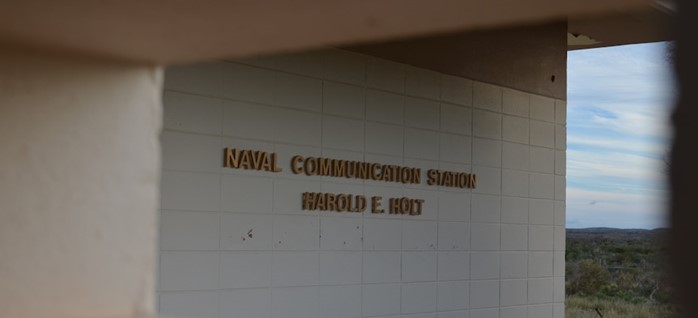
These days Exmouth is known for whale sharks and the Ningaloo reef, but back in the 60s it wasn't on the tourist trail and you would have been forgiven for thinking that you'd woken up in a remote part of the US. It exists today because of the ANZUS alliance.
The town was built to support the Harold E Holt Naval Communications Base and stands as a monument to the cooperation between Australia and the US during the cold war. Associate Professor Anthony J Barker has co-authored a new book with Michael Ondaatje called A Little America in Western Australia. It provides a detailed insight into the birth of Exmouth as a town and how, for a few decades, it was a bit of Uncle Sam right here in Australia, and that influence is still felt today.
"The US Navy wanted to communicate, particularly with its submarines and it had this amazing technology for communicating underwater with submarines," Professor Barker said in explaining why the North West Cape was selected as the site for the Naval Communication base. "It needed access to the ocean, it needed some distance from big cities with conflicting radio transmissions, and so its very emptiness was ideal as far as the Americans were concerned."
Prior to the Harold E Holt base being established, the North West Cape was home to the isolated Yardie Creek and Exmouth Gulf pastoral stations, but not much else, but the Naval communications base wasn't the first time that America had had a presence on the North West Cape. "The Americans had a little bit of history there because it had been a drop-off point for flights in and out of Perth during the Second World War," Professor Barker said. "It became known as Potshot, that area in the Exmouth Gulf where there was a kind of secondary base.
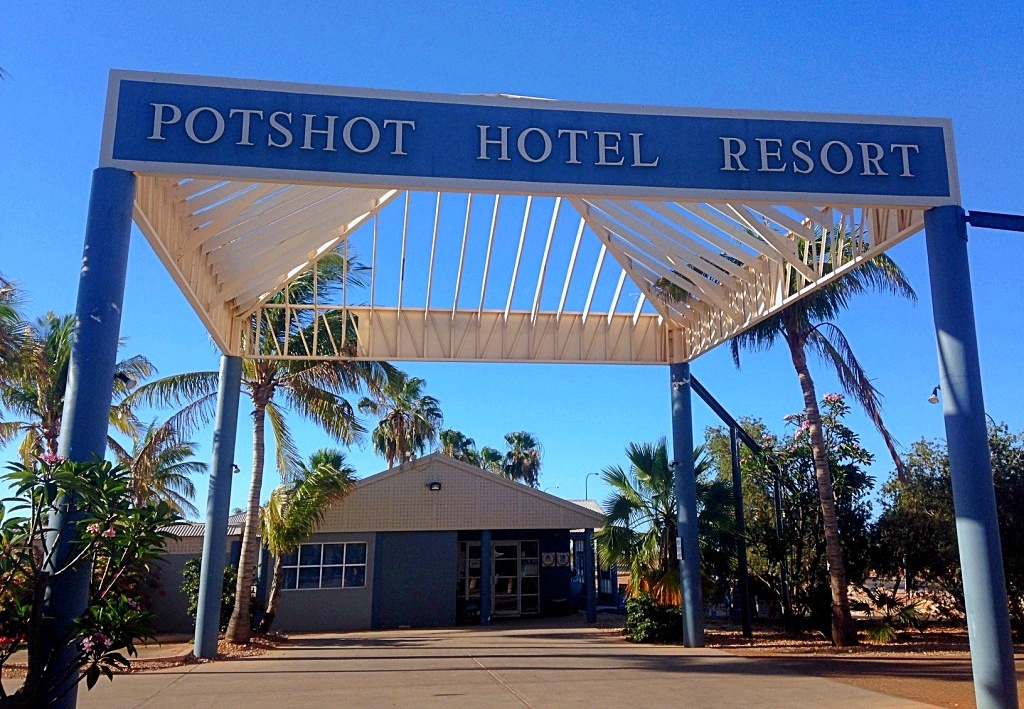
Potshot actually got incorporated into the name of a famous pub in Exmouth, highlighting just one of the early American influences that can still be found in Exmouth today.
"It was the Australian government that particularly wanted a town," he said. "They thought that if the Americans can be persuaded to build a base and actually integrate it with families living in the town alongside Australians, that this would be very good for persuading the Americans to continue, and in fact build their support for Australia, So, in that sense, it was a mixture of the two nationalities right from the start."
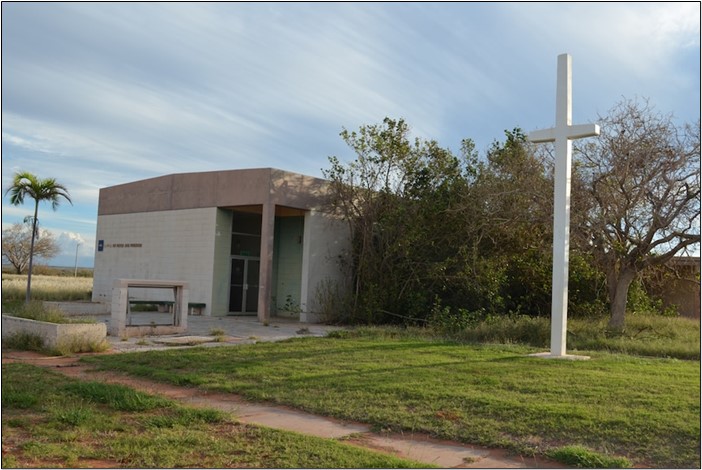
Weeds have grown up around the communications base's church.
Just as the Harold E Holt Communications Base was growing and developing, America was becoming involved in what would become a very protracted and difficult war in Vietnam. Conflict in Vietnam would come to dominate US foreign policy and for many US servicemen, a posting to the North West Cape was a chance to avoid Vietnam altogether. "It counted as sea service but it was not as dangerous as serving in the waters of Vietnam as the Vietnam War took off," Professor Barker said. "But of course some of the people there had been in Vietnam. It was a way of avoiding Vietnam and a way of escaping Vietnam for some."
At the peak of US influence on the town, Exmouth was like slice of America on the Pilbara's North West Cape. US-made cars drove on the other side of the road, US currency was used, American food was shipped in, a large baseball pitch was built at the Harold E Holt base, and a ten pin bowling alley drew in a crowd.
American military architecture still features throughout the town today. "What most people talk about was the way the American houses on the whole don't have fenced back yards, so people could wander around between," Professor Barker said. “It looked very different from a normal country town.”
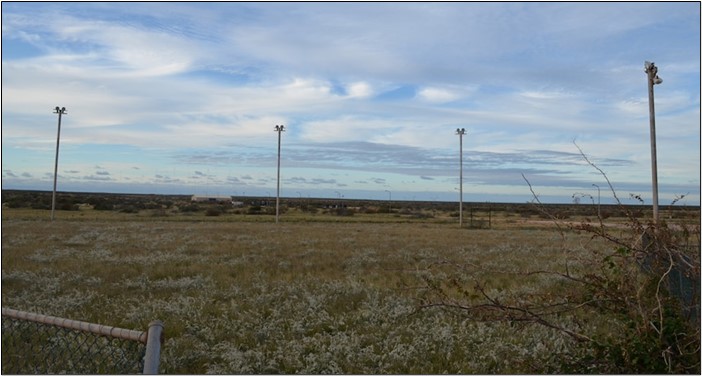
An abandoned baseball field on the Pilbara's North West Cape reflects a time when there was a little America in Western Australia.
The use of US currency was a point of contention for civil commissioner Ken Murdoch who was pushing to have full integration of the US services into Australian life. "He got really annoyed in messages back to Canberra about how currency was being used and that this was a very bad thing that US currency was being used in the town," Professor Barker said. "But it was unavoidable; it wasn't that everybody was flashing American dollars around, but it was quite accepted that they were being used."
On the whole the two cultures got on together and lived well but there were reports of occasional flare-ups. "I interviewed some Americans, particularly one couple who denied there's ever been violence, but they were only there for a very short time," Professor Barker said. "Other times people said, 'Yes, there were nasty incidents'. There were brawls around the Potshot Inn, the sort of things you'd expect in any kind of military town."
For many US servicemen, especially those from states like Texas, the open skies of the North West weren't completely unfamiliar, but the remoteness and isolation was a new and challenging experience. "It was quite intimidating, the remoteness," Professor Barker explained. "What amazed me is how little preparation they had. Again and again they arrived and were expecting to find a town, a city even, got off the plane at Learmonth and it was absolutely deserted," he said. "They couldn't believe this was their final landing place." "And there was evidence, interviewing one person, who was in a personnel officer role within the navy, said they did have to ship some people out with depression. "They couldn't hack the isolation."
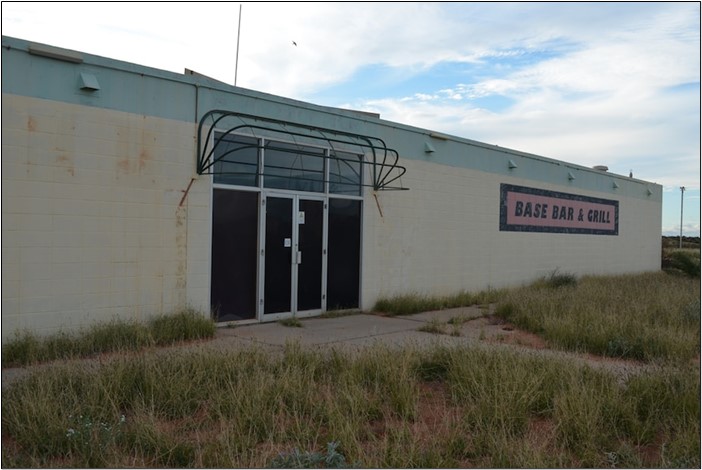
The bar where US and Australian defence staff once relaxed side-by-side.
With cold war hostilities thawing in the late 1980s, US involvement at the Naval Communications Base Harold E Holt was scaled back and eventually they withdrew from the base in 1992. Obviously the end of the cold war meant the end of such an urgent need for communication with its nuclear submarines, which were really the main strike weapon in the cold war as far as the US was concerned. At a ceremony in October 1992, Captain Samuel Grayson Curry of the US Navy, formally handed over command of the Harold E Holt base to Captain Crispin George of the Royal Australian Navy.
Eventually the management and operation of the site was handed over to private contractors, four or five years ago it was being run by Boeing, still as a kind of secret communications area and there have been two other contractors since then, but obviously it is much less important in international relations and American foreign policy than it used to be.
Back Go to page: 1 2 3 4 5 6 7 8 9 10 11 12 13 14 15 16 17 18 19 20 Forward
